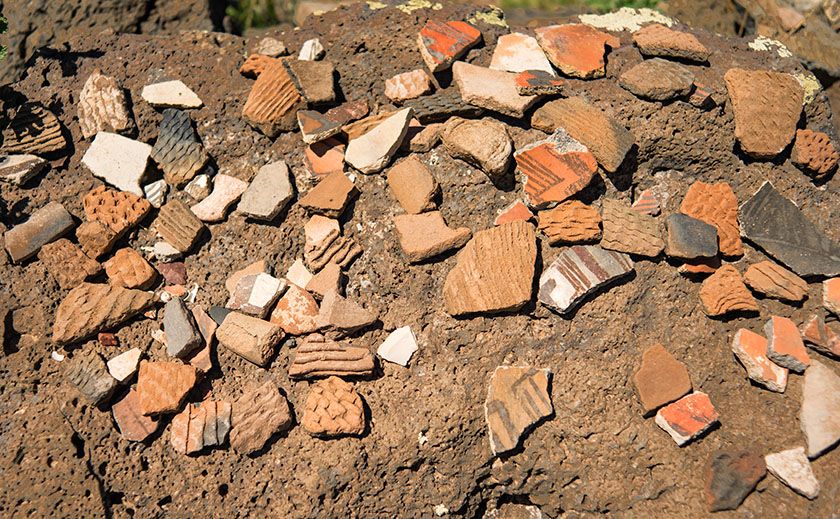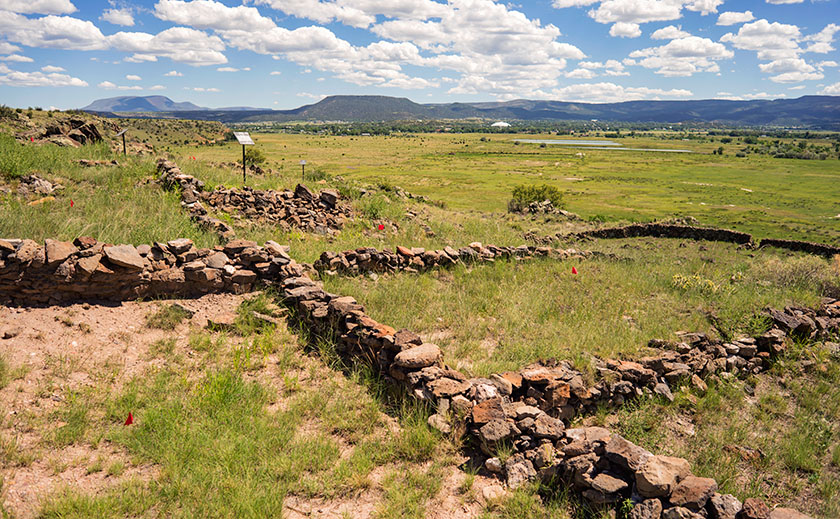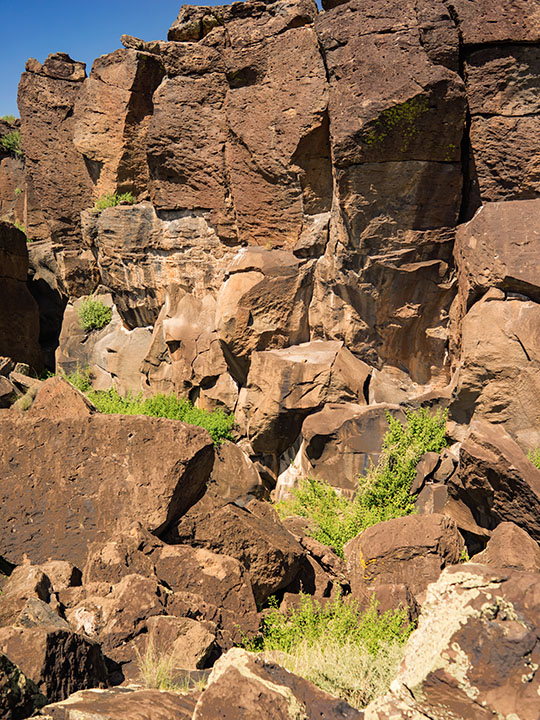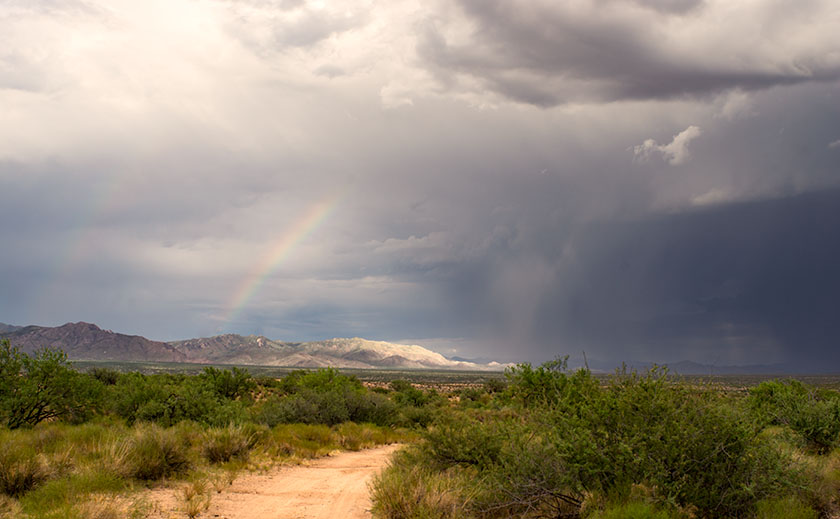Over the 2011 Memorial Day weekend, a forest fire started in the mountains overlooking Springerville. They called it, The Wallow fire, the largest forest fire in Arizona’s history. Crews fought the blaze for over a month before containing it, but the fire did an enormous amount of damage and one of its victims was the little town of Greer. The reports that came over the TV news were not good. We feared that Greer had burnt to the ground.
Anne and I have a fond memory of the quaint town tucked into a White Mountain valley. When we decided to get married, she sold her Atlanta home and moved to Phoenix. She drove across the county alone, but I flew to Albuquerque and we made the rest of the trip together. Rather than take the Interstates, I thought it would be nice to show-off some of Arizona. We drove south along the Rio Grande to Socorro, and picked up U.S. Highway 60 so that we could enter Arizona the back way. If this seems familiar, it should. Our route took us past the Very Large Array, through Springerville, and we spent her first Arizona night in a Greer cabin. During the night, we had a late winter storm, and on the morning of April 15th, we found that it had snowed. Ironically, that delighted her. After she finished playing in the fresh snow, we scraped off her car and continued the trip to Phoenix.
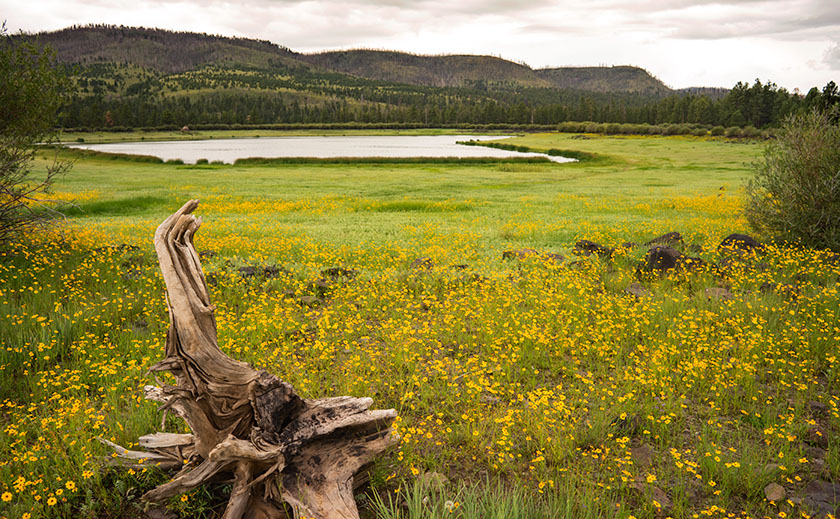
Yesterday we drove up to Greer for lunch, expecting to see a barren blackened valley. We didn’t find that. We saw the burn scar along the mountain ridge flanking the valley’s east side, but the valley floor seemed untouched. The Molly Butler Lodge was unchanged and even the Greer Peaks Lodge, reportedly damaged by the fire, had long been repaired and open for business. What had changed however, was the little town of quaint cabins has become a community of large expensive mansions that were second homes for the wealthy. With its proximity to the Sunrise Ski Resort, Greer was looking more like Vail, without the expensive downtown shops.
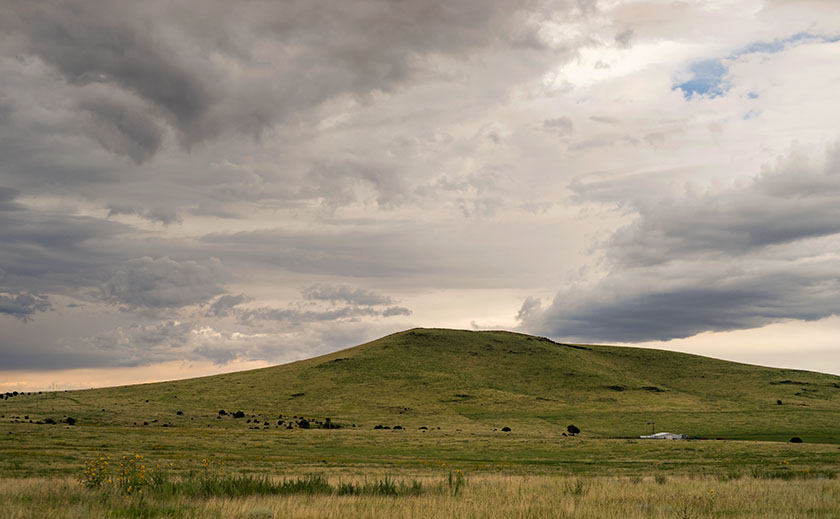
We stopped at the crowed Rendezvous Cafe and had lunch. The food was great and we took in all the kitsch cluttering the walls (why is that still a thing?). While we ate, we watched hummingbirds fight over the feeders outside. On the specials board, they had home-made cherry cobbler, so we couldn’t pass that up and added a dollop of ice cream. “That’s some mighty fine cherry pie, ma’am.”
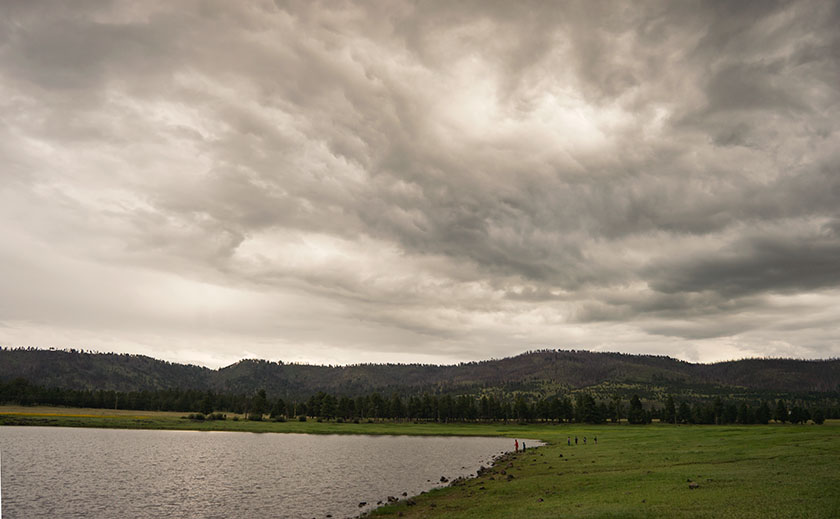
After lunch, we vainly searched for our little cabin Perhaps it fell victim to the fire, or maybe they tore it down to make room for a McMansion. In either case, we couldn’t find it. After we gave up looking, we drove around taking pictures until a light rain started. It seemed like a good excuse to call it a day and head back to the trailer for an afternoon nap. We left Greer behind assured that it was fine and we’d visit again.
P.S. Since this is our last day in Springerville, we’ll be posting the results of “The Great Springerville Mexican Food Shootout” this afternoon. Stay tuned for that. For now, Queen Anne and I are busy watching the eclipse.
Till then … jw

